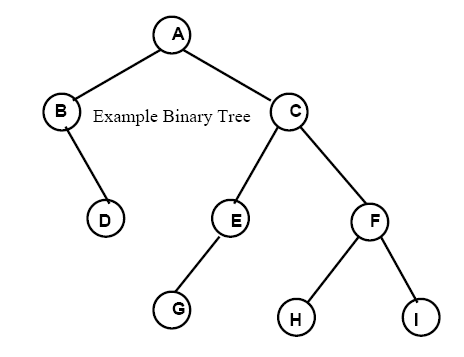Binary Trees
From
(Difference between revisions)
| Line 1: | Line 1: | ||
A '''binary tree''' is is a tree ADT that is restricted to having ''at most 2 children'' in each node contained in the tree. As computers generally operated on digital/binary logic, binary trees are very natural and efficient structures. They are useful both as a means of storing and organizing data, and as a means of representing a solution to a problem. | A '''binary tree''' is is a tree ADT that is restricted to having ''at most 2 children'' in each node contained in the tree. As computers generally operated on digital/binary logic, binary trees are very natural and efficient structures. They are useful both as a means of storing and organizing data, and as a means of representing a solution to a problem. | ||
| - | + | <br> | |
Here is an example binary tree: | Here is an example binary tree: | ||
| - | [[Image:]] | + | <br>[[Image:BinaryTree1.png]] |
Revision as of 14:27, 28 March 2009
A binary tree is is a tree ADT that is restricted to having at most 2 children in each node contained in the tree. As computers generally operated on digital/binary logic, binary trees are very natural and efficient structures. They are useful both as a means of storing and organizing data, and as a means of representing a solution to a problem.
Here is an example binary tree:

